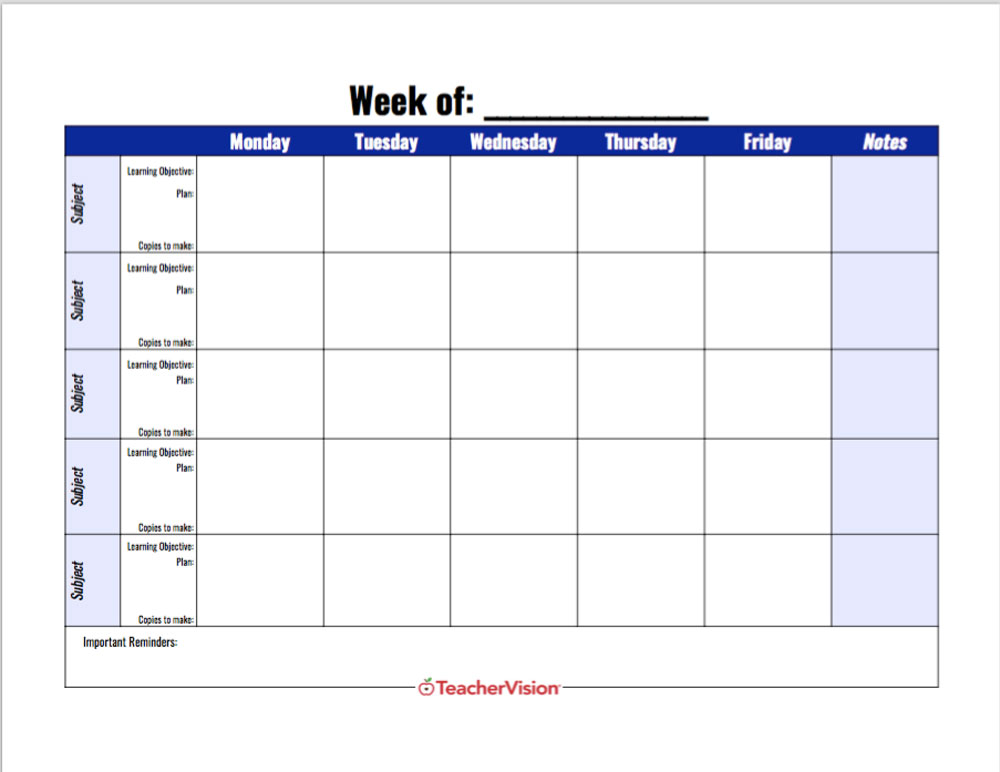

This additional information can help shape your introduction, learning activities, etc. For example, you can take a simple poll: “How many of you have heard of X? Raise your hand if you have.” You can also gather background information from your students prior to class by sending students an electronic survey or asking them to write comments on index cards. That is why you might start with a question or activity to gauge students’ knowledge of the subject or possibly, their preconceived notions about it. Because you will have a diverse body of students with different academic and personal experiences, they may already be familiar with the topic. Now that you have your learning objectives in order of their importance, design the specific activities you will use to get students to understand and apply what they have learned. And conversely, which ones could I skip if pressed for time?.If I ran out of time, which ones could not be omitted?.What are the most important concepts, ideas, or skills I want students to be able to grasp and apply?.This step will prepare you for managing class time and accomplishing the more important learning objectives in case you are pressed for time. Once you outline the learning objectives for the class meeting, rank them in terms of their importance. What do I want them to take away from this particular lesson?.What do I want them to understand and be able to do at the end of class?.

To help you specify your objectives for student learning, answer the following questions: The first step is to determine what you want students to learn and be able to do at the end of class. Each step is accompanied by a set of questions meant to prompt reflection and aid you in designing your teaching and learning activities. 1).īelow are six steps to guide you when you create your first lesson plans. Specifying concrete objectives for student learning will help you determine the kinds of teaching and learning activities you will use in class, while those activities will define how you will check whether the learning objectives have been accomplished (see Fig. Strategies to check student understanding.A successful lesson plan addresses and integrates these three key components: Then, you can design appropriate learning activities and develop strategies to obtain feedback on student learning. Before you plan your lesson, you will first need to identify the learning objectives for the class meeting. Center for Research on Learning and TeachingĪ lesson plan is the instructor’s road map of what students need to learn and how it will be done effectively during the class time.


 0 kommentar(er)
0 kommentar(er)
